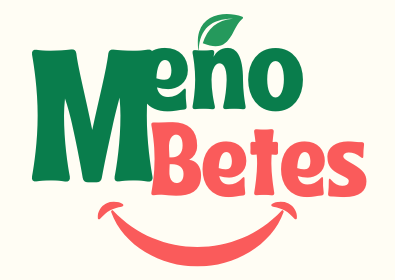Brands know we’re all hunting for healthier options these days, so they splash ‘low-sugar’ all over their products. Sounds great, right? But don’t get too comfortable. Often, these claims can be trickier than they seem. Companies might use sneaky tactics to make you believe you’re making a healthier choice when the reality isn’t as sweet.
Understanding what you’re actually consuming starts with what differentiates added sugars from naturally occurring ones. Fruits have their natural sugars, which come with fiber and nutrients. Added sugars, often lurking in processed foods, are those we should really watch for. Yet, a ‘low-sugar’ label doesn’t always distinguish between those two.
I took a closer look at popular ‘low-sugar’ cereals and snacks. Turns out, some of them cram in just as much sugar as their counterparts, but sneak it in the form of other syrups or sweeteners. It’s a bit of a shell game with ingredients, so just because the front says ‘low-sugar’ doesn’t mean you’re in the clear.
It’s crucial to peek past the front of the package and dig into the nutrition facts and ingredients. That way, you truly know what you’re getting into. This might slow us down at the grocery store, but it’s worth it to know what’s actually fueling our bodies.
Understanding Nutritional Labels: What ‘Low-Sugar’ Really Means
Reading a food label can feel like deciphering a secret code. To really understand what ‘low-sugar’ stands for, you’ve got to get familiar with the nutrition facts panel and the ingredients list. It seems straightforward, but the terms they use aren’t always clear-cut. Remember, diving into the specifics can reveal some unexpected surprises.
Every country has its own rules about what’s allowed on food labels. In some places, there’s a defined threshold for calling something ‘low-sugar’, while in others, the rules might be looser. It’s important to know what your local regulations say, so you can understand what’s in your food accurately.
Hidden sugars are the real culprits. They can sneak in under different names like maltose, glucose, or other syrups. Watching for these can help you get a clearer picture of your sugar intake. Sugar alcohols are another sneaky one. They might not be labeled as sugar, but they can still affect your body.
The goal is to become more skilled at spotting these sugar aliases. Once you master this skill, you’re better equipped to choose foods that align with your health goals. It’s all about empowering yourself through knowledge, so next time you’re shopping, you’re not just reaching for a ‘low-sugar’ claim but truly understanding it.
Gaining Expertise on Sugar Substitutes: Are They Really Better?
When it comes to sugar substitutes, there’s a lot to unwrap. Artificial sweeteners and sugar alcohols aim to give us the sweet fix without the calories. But it’s not all black and white. Knowing the types of substitutes — like aspartame, sucralose, and erythritol — helps in choosing wisely.
Experts have been weighing in, and opinions vary. Some nutritionists highlight the benefits, mainly in reducing calorie intake, which can aid in weight management or help with diabetes. Yet, there’s ongoing debate about the long-term health effects. While these substitutes don’t spike blood sugar, some folks experience side effects like bloating or digestive discomfort.
Consumers choose sugar substitutes for different reasons, from managing medical conditions to just wanting to cut down on sugar. Understanding these motivations can influence your choices, too. It’s not just about replacing sugar; it’s about finding what works best for your body and lifestyle.
Focusing on moderation is key. Sugar substitutes can be part of a balanced diet, but it’s vital to listen to your body’s reactions. Testing out what fits best with your needs and preferences gives you control over your dietary choices, creating a healthier approach to sweetening your meals.
Smart-Savvy Shopping: Making Informed Choices for Your Health
Shopping with an eye for truly healthy options takes a bit of know-how, especially when staring down endless ‘low-sugar’ choices. It’s about being savvy and informed. Start by prioritizing whole foods whenever possible. Fresh fruits, vegetables, nuts, and seeds generally don’t have hidden ingredients—what you see is what you get.
When you’re in the aisle with processed options, make a habit of double-checking the nutrition labels and ingredients list. Keep an eye out for those hidden sugars and unfamiliar sweeteners. Knowing how these ingredients affect you personally helps steer you clear of products that don’t align with your health goals.
There are plenty of apps and resources available now that make it easier than ever to evaluate your choices. From barcode scanners that break down ingredients to community forums where you can exchange tips and experiences, these tools are handy for making quick decisions that fit your dietary criteria.
Real stories from folks who’ve made low-sugar diets work for them can be inspiring. They often highlight practical tips like meal prepping, homemade snacks, and exploring less sugary alternatives. Learning from these experiences can make the transition smoother, fostering habits that promote better long-term well-being.
Empowering yourself with knowledge and tools can transform your shopping habits. With a proactive approach, genuine low-sugar options become easier to spot and fit comfortably into your lifestyle, enriching your overall health journey.
